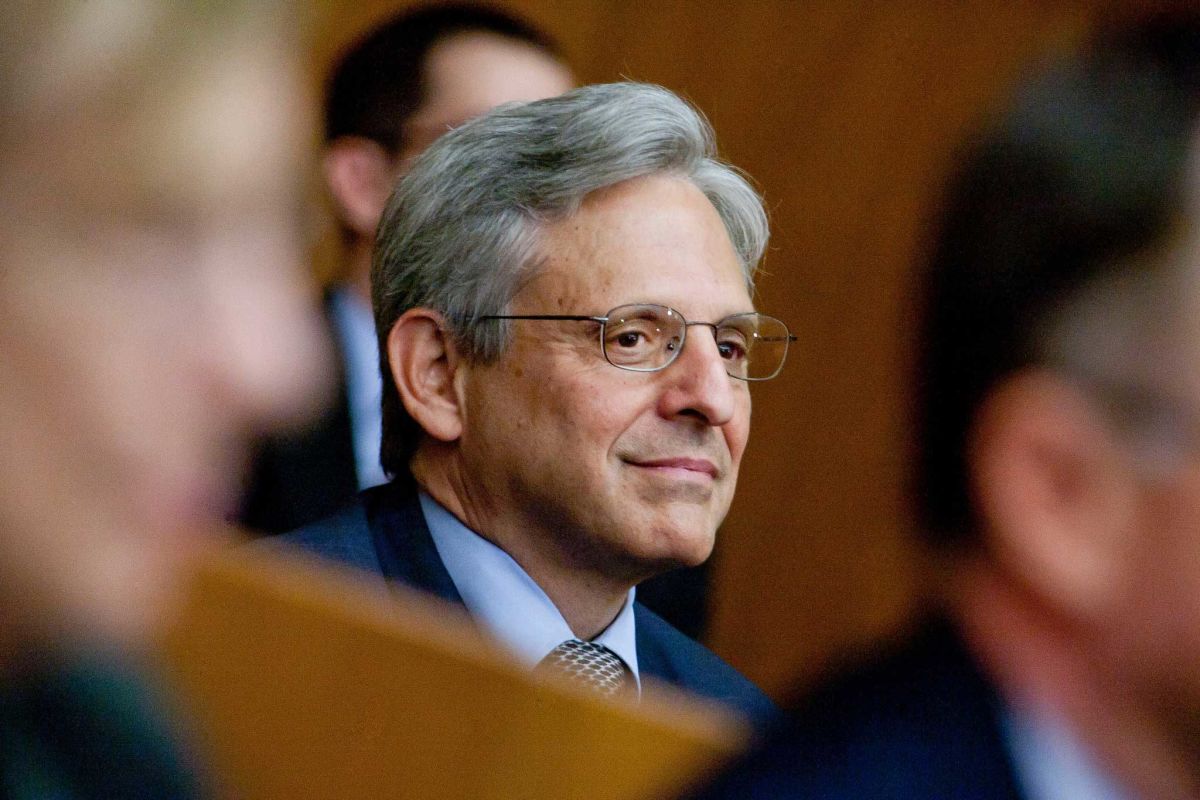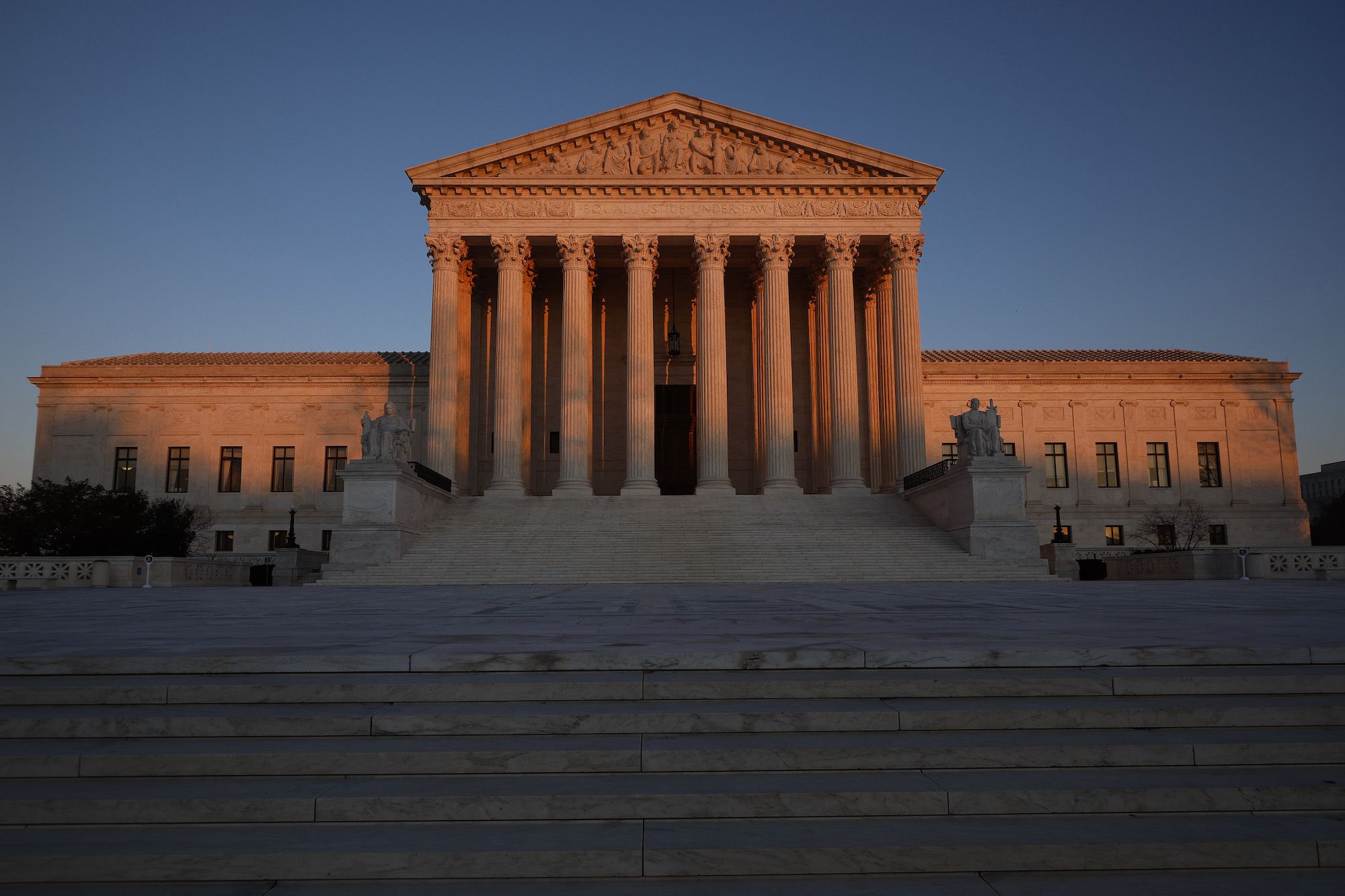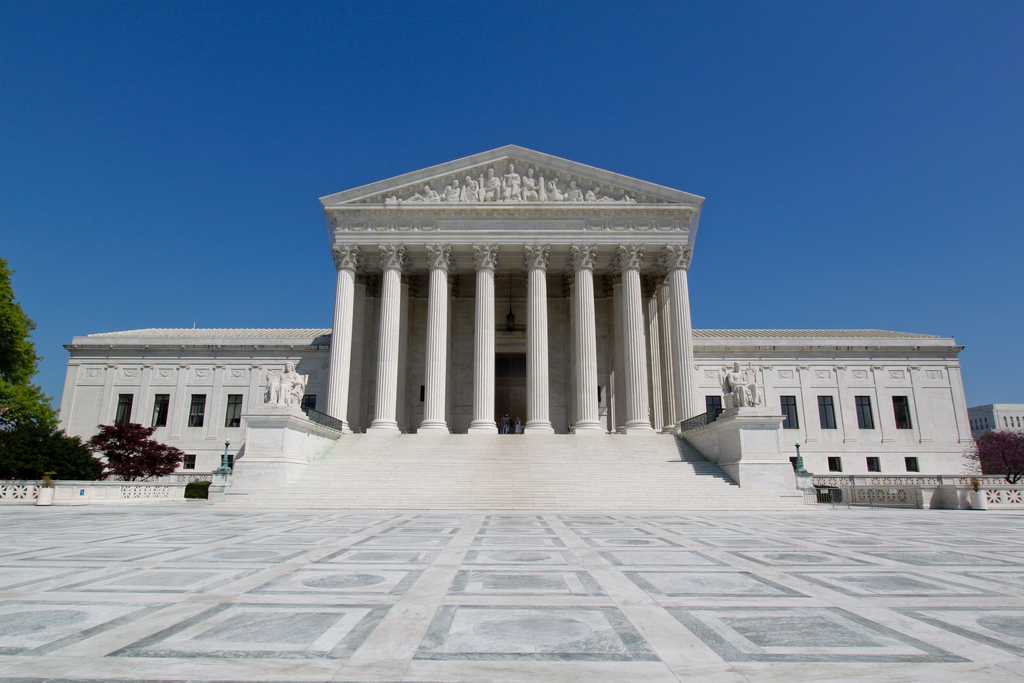By Torus Lu
Eight months ago, Merrick Garland was nominated to the Supreme Court, only to face unprecedented obstruction from Senate Republicans. Meanwhile, America has suffered the negative consequences of an empty seat in the highest court in the nation.
Since Justice Antonin Scalia’s death on February 13, the Supreme Court has faced severe limitations on its ability to adjudicate the important constitutional questions that face America. The Supreme Court usually has an odd number of justices. This ensures that, barring recusals, a majority opinion is reached. With only eight justices, the Supreme Court faces the possibility of a 4-4 tie. In this case, a per curiam decision is issued. This is essentially a non-decision where a lower Appeals Court decision is affirmed because the Supreme Court is unable to arrive at its own majority opinion.
The purpose of the Supreme Court is to provide the final authority on constitutional and legal questions. Its decisions hold binding precedent so that there may be a uniform interpretation of the law. Extended vacancy therefore makes the Supreme Court a hobbled institution, unable to exercise its jurisdiction over certain cases.
Compounding this issue is the type of cases that result in per curiam decisions. When there is a vacancy, the cases most likely to end in a 4-4 tie are naturally the controversial ones. If they were not controversial, the Court would not be split. Some examples from this year include the constitutionality of President Obama’s DAPA program and fee-collecting requirements in public sector unions. Per curiam decisions are therefore most likely to occur with controversial cases. This means the negative impact of a vacancy on the Supreme Court falls disproportionately on highly salient questions, the exact sort of questions that need Supreme Court rulings.
At this point, we do not need to theorize about the possible effects of a long Supreme Court vacancy. The past eight months have given us a concrete example.
Zubik v. Burwell was concerned with whether non-church religious institutions were exempt from the Affordable Care Act’s contraceptive mandate. A notable quirk of this case was that it compiled multiple different cases from multiple lower Appeals Courts. Most of them had decided in favor of the contraceptive mandate. The Eighth Circuit Appeals Court, however, ruled in favor of the religious institution. Unable to form a majority opinion related to the substance of the case, the Supreme Court instead delivered a per curiam decision simply asking the various Appeals Courts to reconsider their decisions. This has effectively left health care policy in limbo, and unless all of the lower courts form consistent decisions independently, the geographical areas covered by the various Appeals Courts will likely follow opposite interpretations of the Constitution.
The Supreme Court’s inability to decide controversial cases should be worrying to people of all political persuasions. Certain groups in certain contexts have claimed a short-term win, but the failure to provide precedent has eroded the very purpose of the Supreme Court: to provide authoritative answers to constitutional questions.
Normally, a vacancy could be filled with relative speed. The current president would nominate an individual, and the Senate would provide its advice and consent through hearings and a vote. However, the day Justice Scalia died, Senate Majority Leader Mitch McConnell (R-Kentucky) declared that his party would refuse to consider any nominee by President Obama until after the election. Obama nominated Garland in March. Since then, the overwhelming majority of Senate Republicans have refused to consider him. Then Republican nominee and now President-elect Donald Trump steadfastly opposed Garland.
Was Garland’s nomination ignored because of serious questions regarding his qualifications? Unlikely. Garland has served as the Chief Judge of the D.C. Circuit Court of Appeals for three years. Before, he was a regular judge of the D.C. Circuit Court of Appeals for sixteen years. He had been confirmed by a 76-23 majority in a Republican Senate during the Clinton Administration.
The official stance of Republican Senators was that the election should be a referendum on the Supreme Court’s future. Some have pointed to a tradition of waiting on vacancies during election years. During the Republican Presidential primary debates, Senator Ted Cruz (R-Texas) said, “We have 80 years of precedent of not confirming Supreme Court Justices in an election year.”
That tradition does not stand up to scrutiny. There have been vacancies in election years three times in the past 80 years. In 1988, Anthony Kennedy was confirmed to the Supreme Court. In 1940, Frank Murphy was confirmed to the Supreme Court. The only instance that can be construed to support the Republican position is William J. Brennan, who was confirmed in 1957 to fill a seat vacated in October of 1956. Even then, he had been recess-appointed to the Supreme Court prior to the election, so the seat was not left empty for voters to decide.
While it is not rare for a nominee to be rejected, this is usually done through a standard process of hearings and votes. Occasionally, the president decides to withdraw a nominee. At no point in history has the Senate simply refused to consider a nominee, as Republicans are doing with Garland. This lack of precedent for the current circumstances is reflected in the following statistic. Before 2016, the longest period of time elapsed between a nomination and a withdrawal, rejection, or confirmation occurred with Louis Brandeis’s nomination in 1916. It lasted 125 days. As of November 10, Garland has been waiting for 239 days.
Still, the Republicans maintain that there is value in letting voters decide the future of the Supreme Court. This notion falls apart with even a limited understanding of this year’s election. Like every other election, this year’s was determined by factors largely unrelated to the Supreme Court. Most voters went to the polls without thinking very much about the Supreme Court. In the Gallup poll of Americans’ opinion on the most important issue, the Judicial System/Courts/Laws option had fluctuated at 2-3 percent. A Pew Research Center survey found that the percentage of registered voters who thought that Supreme Court appointments were a very important issue lagged behind economy, terrorism, foreign policy, health care, gun policy, immigration, Social Security, and education. If the purpose of ignoring Garland’s nomination was to elevate the Supreme Court to a central issue in the minds of voters, then the Republicans failed miserably.
The less noble and more likely motivation behind the Senate obstructionism is that Republicans were willing to stop the Supreme Court from becoming less conservative at any cost. It makes sense, then, that they put up an unprecedented fight over Garland’s nomination. The Supreme Court sits at four justices nominated by Democratic presidents, and four nominated by Republican ones. Scalia had been a strongly conservative justice. For the concerned Republican senator, the possibility of a liberal Supreme Court might seem disastrous after decades of conservative dominance. This is supported by the positions of individual senators. Less conservative Senators were the ones most willing to break with the official Republican position. Senators Susan Collins (R-Maine) and Mark Kirk (R-Illinois) were the only two Republican senators supportive of hearings with Garland. By one measure, these two were the most centrist Republican senators in 2015. As we all know, Trump won the election. His list of nominee picks has been thoroughly approved by Senate Republicans, raising his popularity in the eyes of Senate Majority Leader Mitch McConnell and primary rival Ted Cruz. Among other things, this means that Garland’s Supreme Court aspirations are over. In this respect, Republican senators were wildly successful.
Such a partisan attitude toward the Supreme Court is harmful. Shortly before Justice Scalia’s death, Chief Justice John Roberts spoke about the ongoing politicization of the confirmation process. A Bush nominee, Chief Justice Roberts pointed to the three most recent confirmations as excessively politicized. One of them was Samuel Alito, another Bush nominee. Two of them were Sonia Sotomayor and Elena Kagan, nominees of President Obama. Roberts opined that the nomination process should be used exclusively for confirming the qualifications of the nominees, not their political orientation.
Some of the Republican senators also shifted their positions on Supreme Court nominees over time. While President Obama was still deciding on a nominee, Senator Orrin Hatch (R-Utah) expressed his lack of faith in Obama’s willingness to nominate a moderate, and actually recommended that Garland be the nominee. Upon Garland’s nomination, Senator Hatch maintained the Senate Republican position that no nominee would be considered before the election. As the election approached, Senators John McCain (R-Arizona) and Ted Cruz (R-Texas) both suggested continuing to ignore Supreme Court nominations should they hold a significant portion of the Senate and lose the presidency to Hillary Clinton. Although McCain later retreated from that bold suggestion, Cruz did not.
The late Justice Scalia once wrote, “The Court proceeds with eight Justices, raising the possibility that, by reason of a tie vote, it will find itself unable to resolve the significant legal issue presented by the case”. Scalia was referring to recusals, in which a Justice chooses not to participate in an individual case, but his concern was with a scenario functionally the same as the one a vacancy generates. This past year saw a nasty fight between petty ideology and the sort of functional government Scalia cared about. Petty ideology won.


